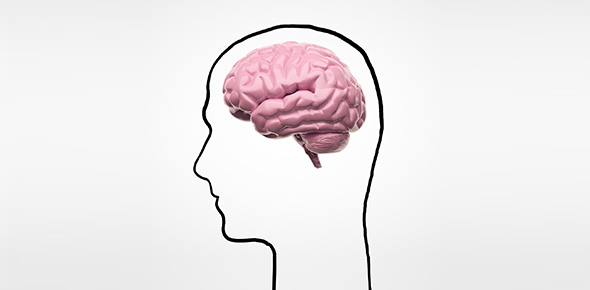Related Flashcards
Related Topics
Cards In This Set
| Front | Back |
|
Blood tests can
|
1) Evaluate how well organs, like the liver, and heart, are working2) Diagnose diseases like cancer, HIV/AIDs, diabetes, anemia, and heart diseases.3) Learn whether one has a risk for heart disease.4) Check whether medications are working.
|
|
RBC
|
Red blood cells carry oxygen from your lungs to the rest of your body. Abnormal may be a sign of anemia, dehydration, bleeding, or another disorder. Women are lower. Male= 4.7- 6.1 Female= 4.2 - 5.4
|
|
Hemoglobin
|
Iron-Rich protein in RBCs that carries oxygen. May be a sign of anemia, sickle cell anemia, thalassemia. Main component of RBC. Male= 14-18 g/dlFemale= 12- 16g/dl
|
|
Hematocrit
|
Measures the percentage of RBCs found in whole blood. High levels- dehydration or anemia. Abnormal levels may be a sign of blood or bone marrow disorder. Male= 42- 52%Female= 37- 47%
|
|
RDW
|
Red cell distribution width. Calculation of the variation in the size of your RBCs. Normal value 11- 14.5%.
|
|
WBC
|
Part of the immune system: fights infections and disease. Normal values: 5,000- 10,000/ cmm
|
|
5 types of WBC's
|
Neutrophils, Lymphocytes, Monocytes, Eosinophils, Basophils.
|
|
Neutrophil
|
55-70%. Produced in 7-14 days. Only exsist for 6 days. Primary defense against bacterial infection.
|
|
Lymphocytes
|
20-40%. Primary component of body's immune system. T cells- cellular immune reactionsB cells- Humoral immunity.
|
|
Monocytes
|
2-8%. Like the neutrophil. Produced more quickly and spend longer time in circulation than neutrophil.
|
|
Eosinophil
|
1-4%. Protect the body. Participate in engulfing and killing bacteria and other microorganisms such as parasites. Also acumulate in excess numbers.
|
|
Basophil
|
Mast cell. Capable of ingesting foreign particles and produce heprin and histamine. Often associated with asthma and allergies.
|
|
Platelet Count
|
Plays vital role in clotting. With decreased, at risk for bleeding. With increased, may have iron deficiency or malignancy. 150,000- 400,000/microliter.
|
|
Sodium
|
Needed to transmit electrical signals. Normal 136- 145 mEq/ L. Critical if <120 or >160
|
|
Potassium
|
3.5- 5 mEq/L. Regulate how heart beats. Muscle weakness.
|






